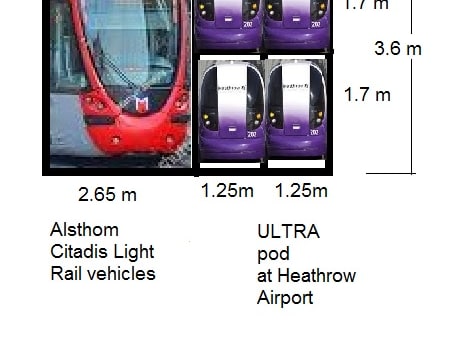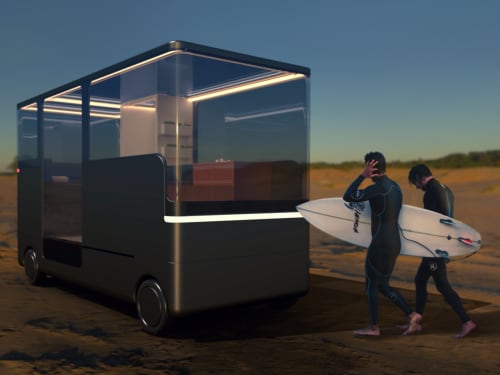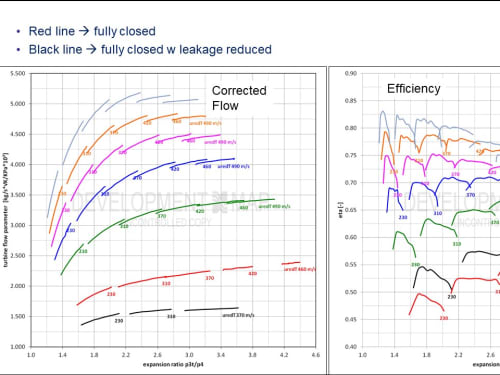2020
Automotive/Transportation
The invention is a pandemic-proof mass transportation system that more than doubles the capacity of the existing right of ways of present day subways and light rail systems and dramatically reduces trip times.
LED lighting technology is already prevalent in the Automotive Industry, taking on increasingly prominent aesthetic design as well as safety roles. Significantly increased lighting output, required to meet tightening insurance industry requirements, coupled with a proliferation of illuminated lamp features has already led to a top Tier-1 Lighting supplier executive to proclaim “Lamp weight has gone up exponentially!
Urban Rover is an autonomous home platform for the city professional. Rovers are a new form of affordable housing, providing life's essentials in a comfortable yet mobile footprint. Through a subscription based model that provides connectivity and home utilities,
Introducing VALUEGAUGE, the first information display to enable motor vehicle drivers to truly save fuel and emissions and time, and avoid waste. ValueGauge consists of a microcomputer and electronic display in view of the vehicle operator, and connects to the vehicle Engine Control Module (ECM) to obtain vehicle speed and fuel use data.
Conventional multi-vane VGT’s turn into impulse turbines when the vanes start to close and there goes the efficiency.
Vehicle Distance Warning and Signaling System (DWSS) is an improved version of the Dynamic Traffic Light (DTL) bearing SAE paper No: 980560 presented and published in 1998. The traditional brake signal on the rear of vehicles provides insufficient information which only informs a following-vehicle (FV) that its lead-vehicle (LV) is braking.
Global Adoption of Autonomous Vehicles depends heavily on safety performance, VTDS rapidly detects threats and delivers 10X safety enhancement.
Autonomous vehicle (AV) control systems are challenged to ‘see’ and respond to the road, especially in unexpected situations, and struggle to mimic human abilities. This challenge is met by AVs having more sensors, algorithms becoming more complex,
Video Helper System has several use options, namely:
During the movement of the autocamper, the high design of its van disrupts the visibility of the situation in front of it, for this, the function of a “transparent” car becomes possible by using the front camera mounted on it, i.e.
Even with the most efficient engines on the market today a substantial portion of the energy content of fuel is lost via exhaust gases and engine cooling. What is proposed herein is a method of minimizing these losses by using the water in water emulsified fuel to absorb the majority the heat.
Background:
Presently, all the coolant control valves (CCV) are used on engine/vehicle applications to precisely control the coolant flow, by using electric actuators. These actuators require electric energy as an input during continuous operation.
Page 10 of 11









